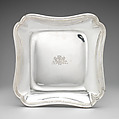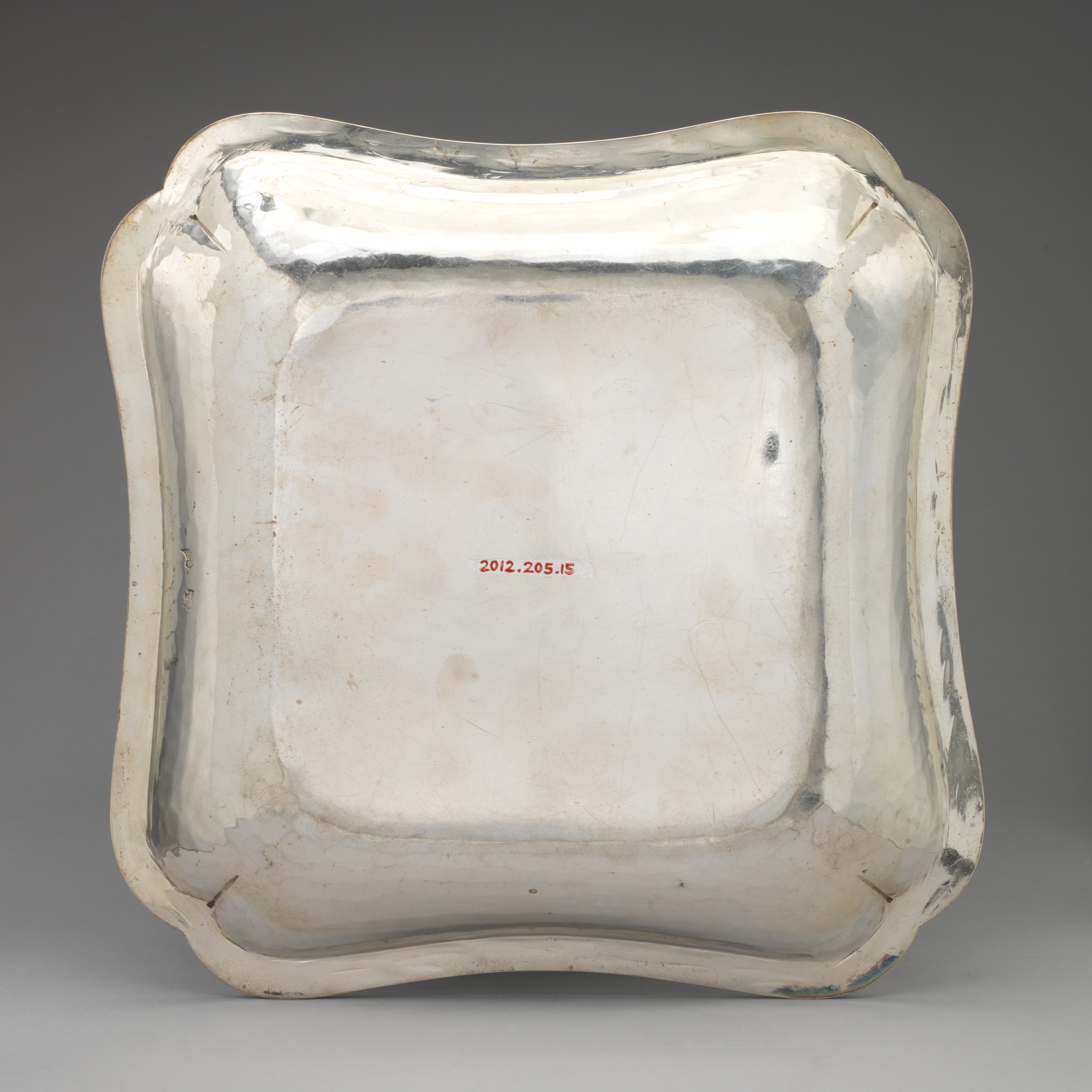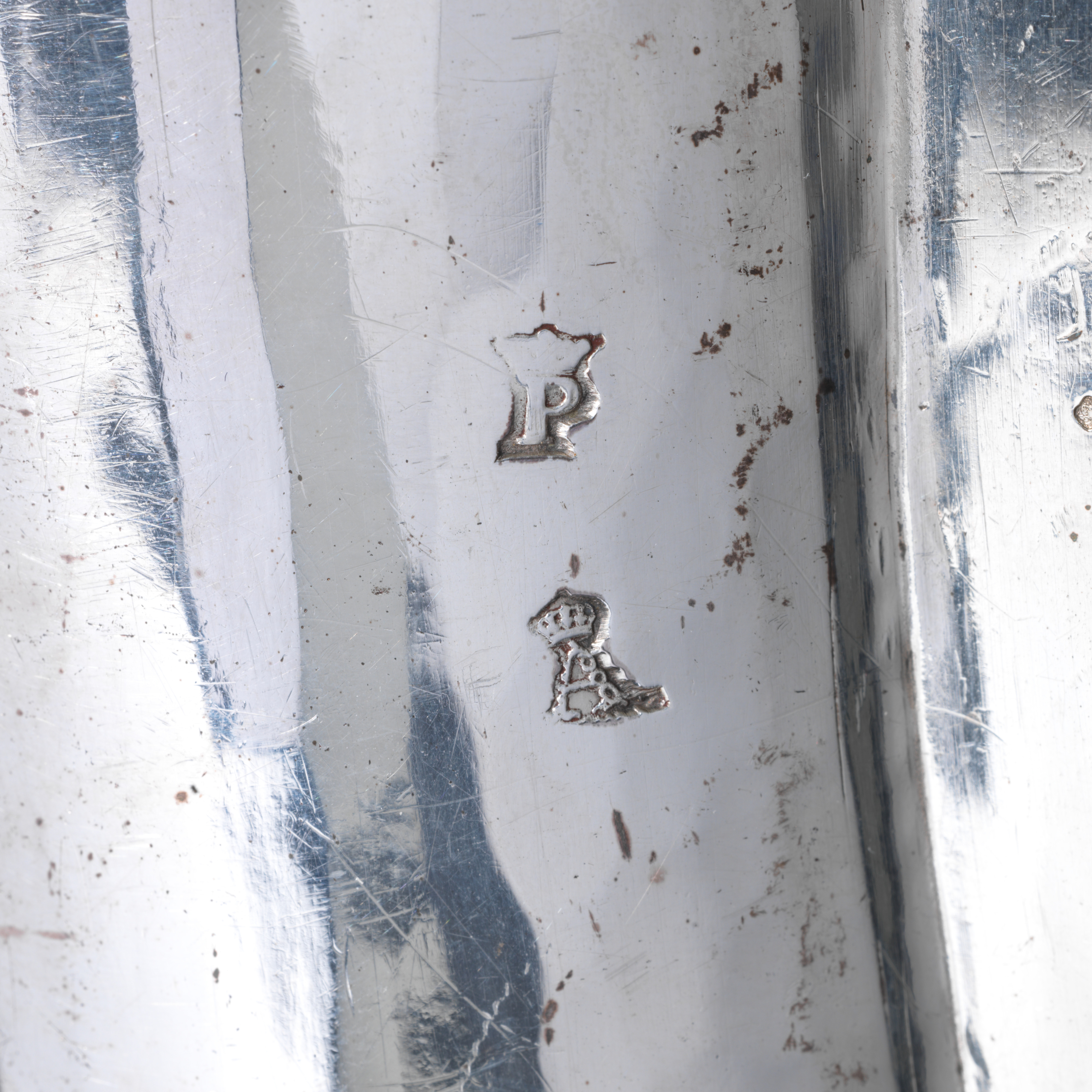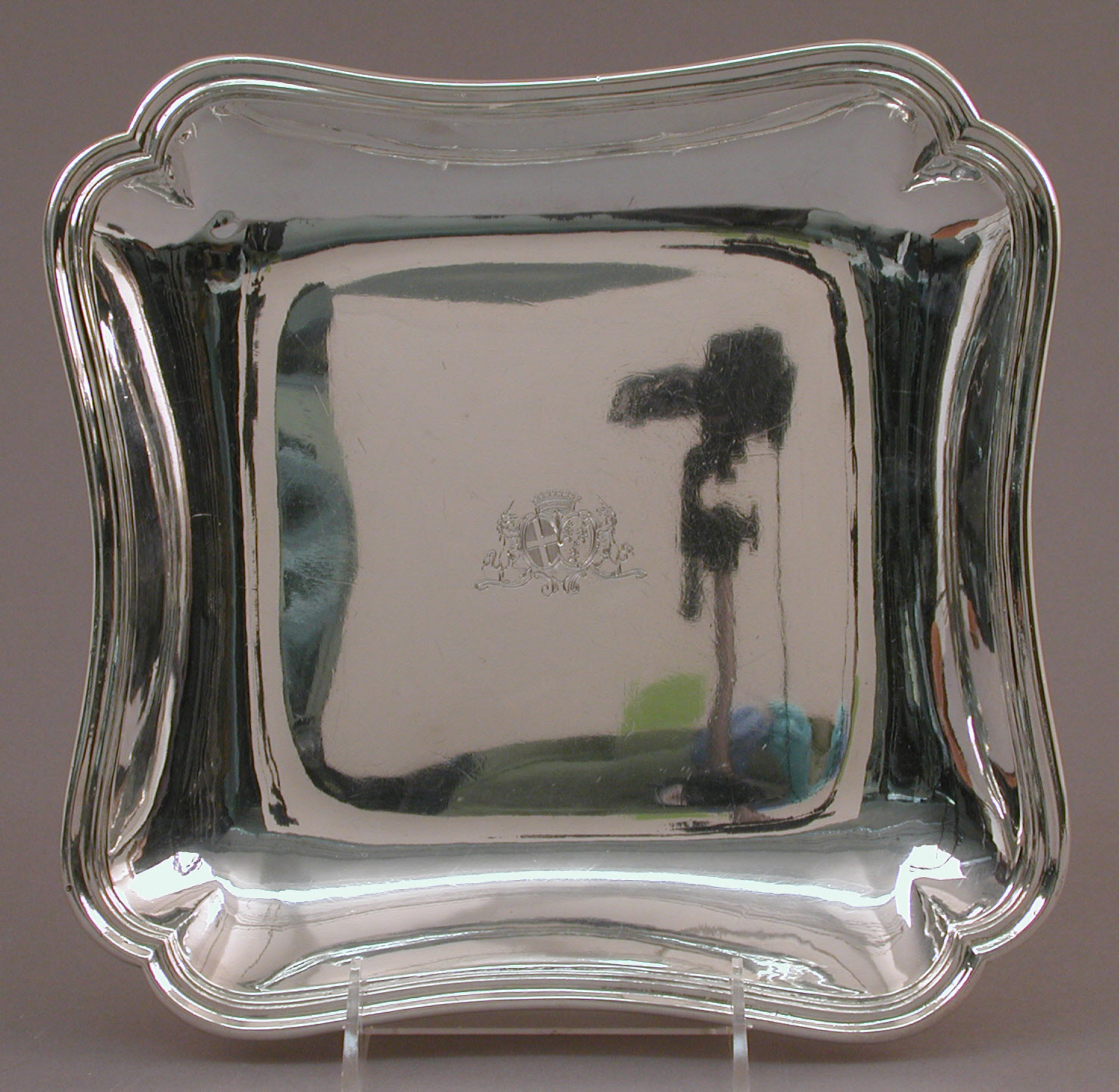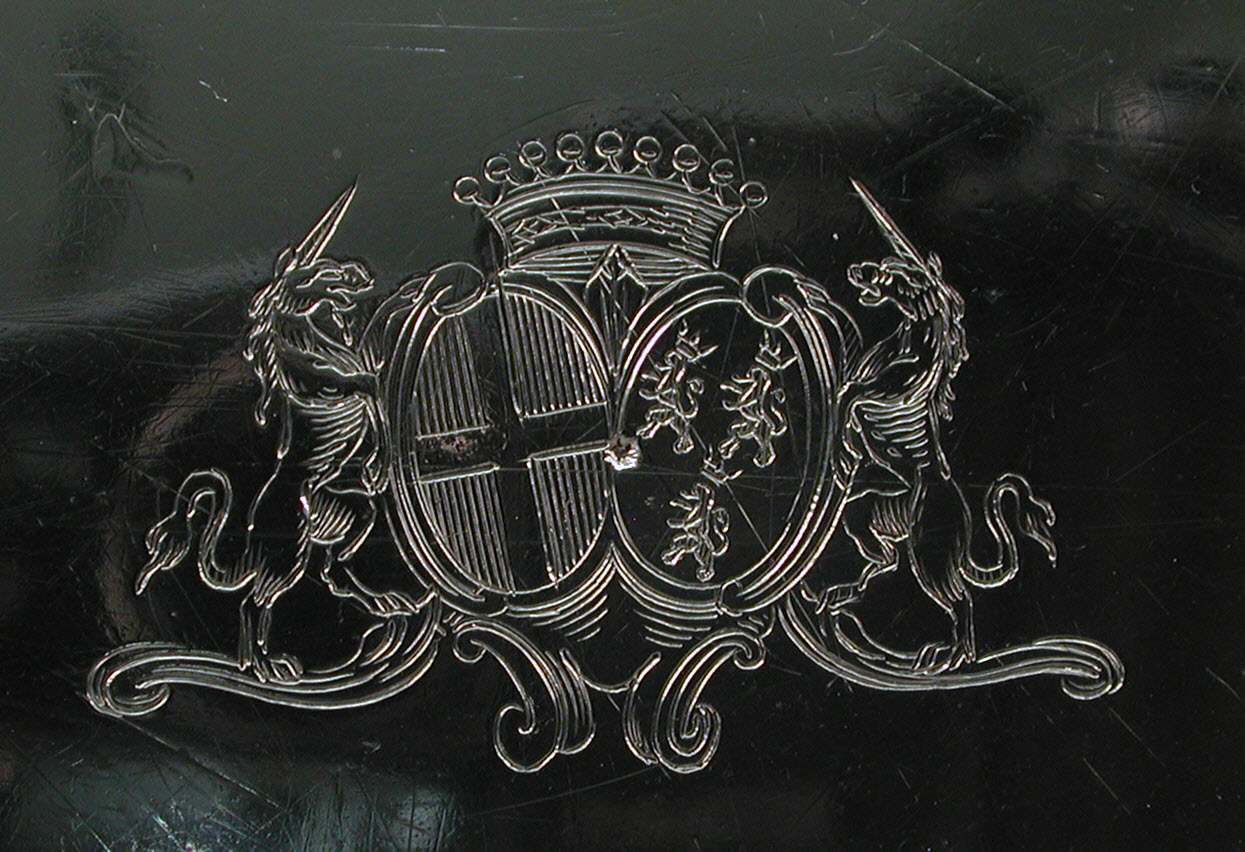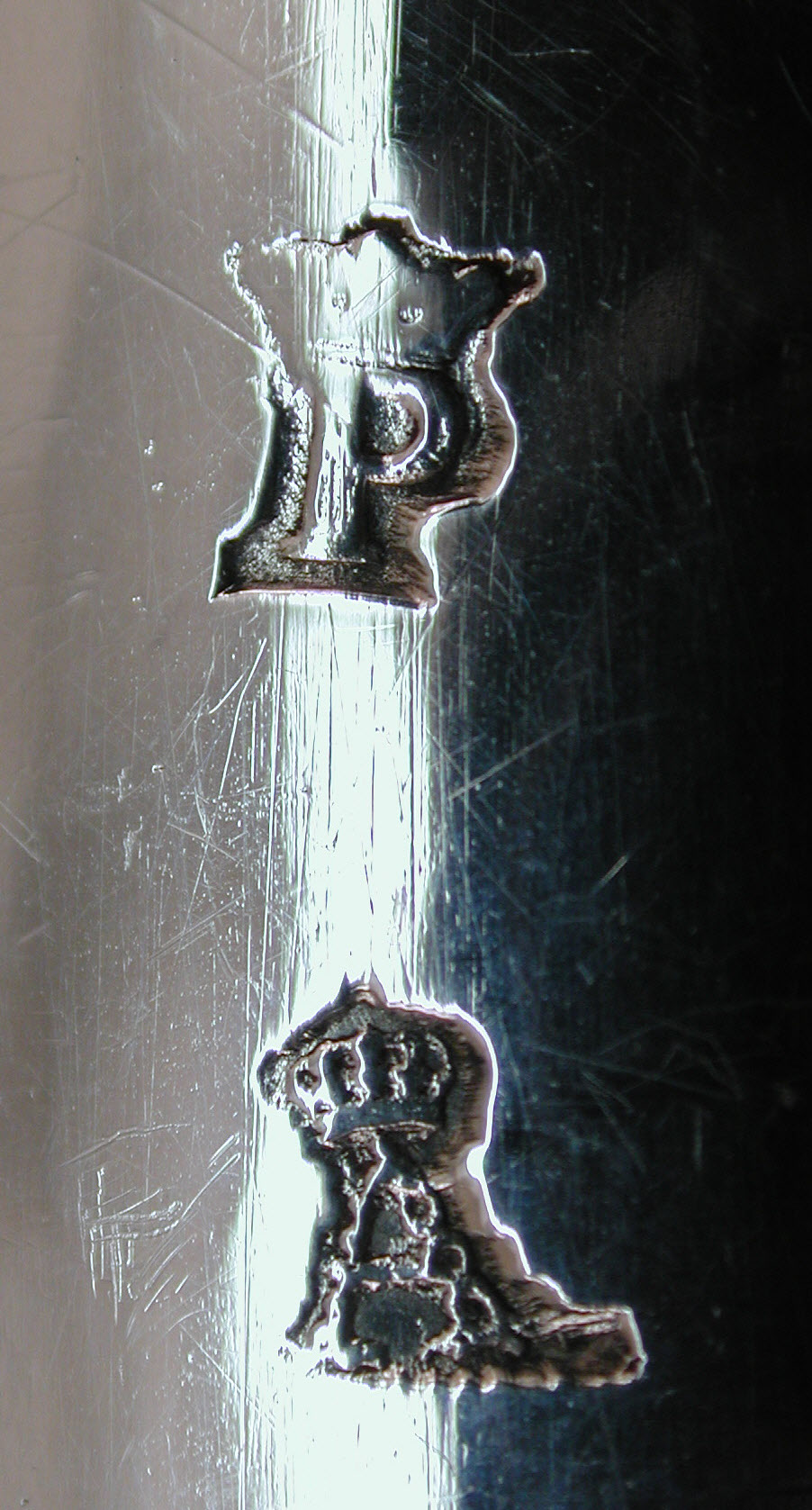Square dish (one of a pair)
Not on view
Changes in tastes and dining customs are reflected in the quantity and variety of plate made for the dinner table. The late seventeenth century saw the introduction of the so-called service à la française, in which a profusion of differently shaped dishes was carefully arranged in a symmetrical pattern during each course. Thus, silver moved from decorative displays on sideboards to the table, where its role was primarily functional. Diners would help themselves from the platters, dishes, and tureens that were within reach. Identical plates were set around the edge of the table for the individual guests. This dining practice was favored until it was replaced by the so-called service à la russe in the mid-nineteenth century. As the eighteenth century progressed, porcelain and other ceramic dinner services became increasingly popular; however, the silver dinner service never lost its prestige.
This image cannot be enlarged, viewed at full screen, or downloaded.
This artwork is meant to be viewed from right to left. Scroll left to view more.
